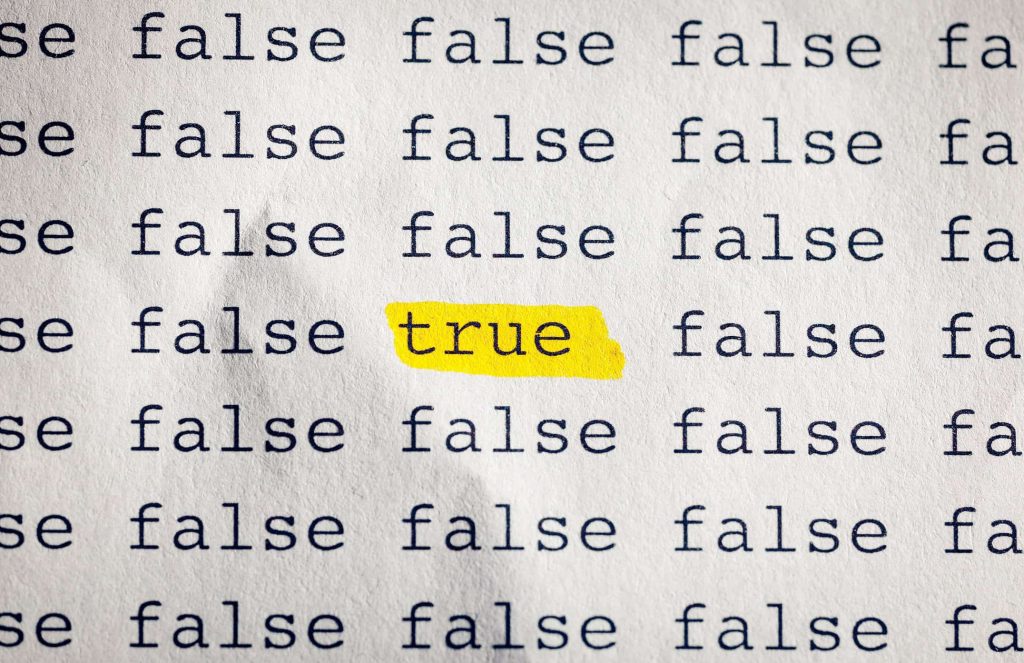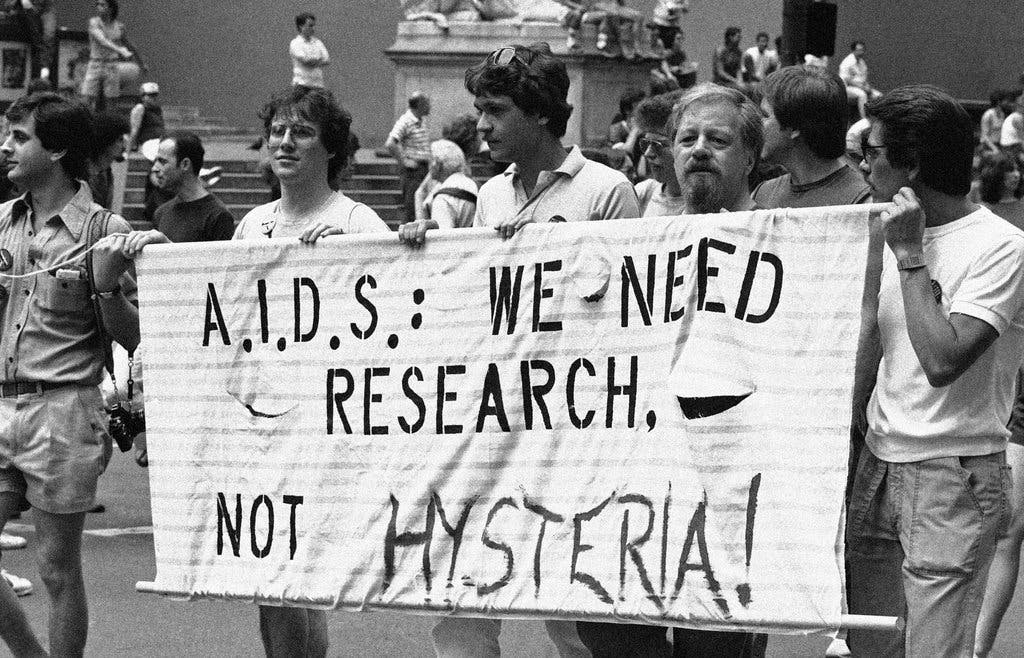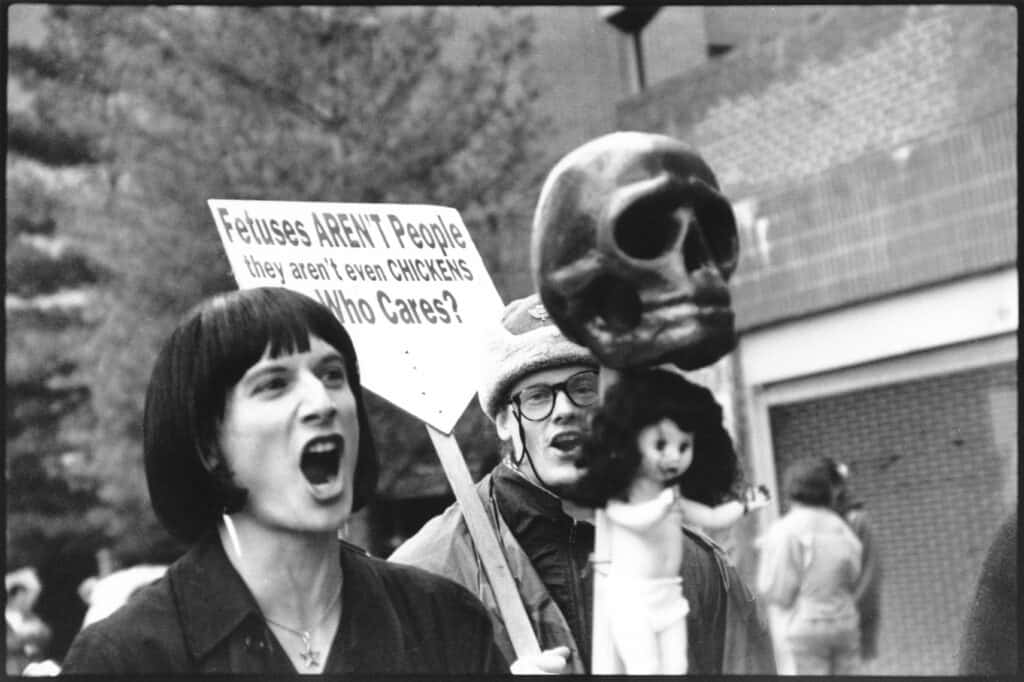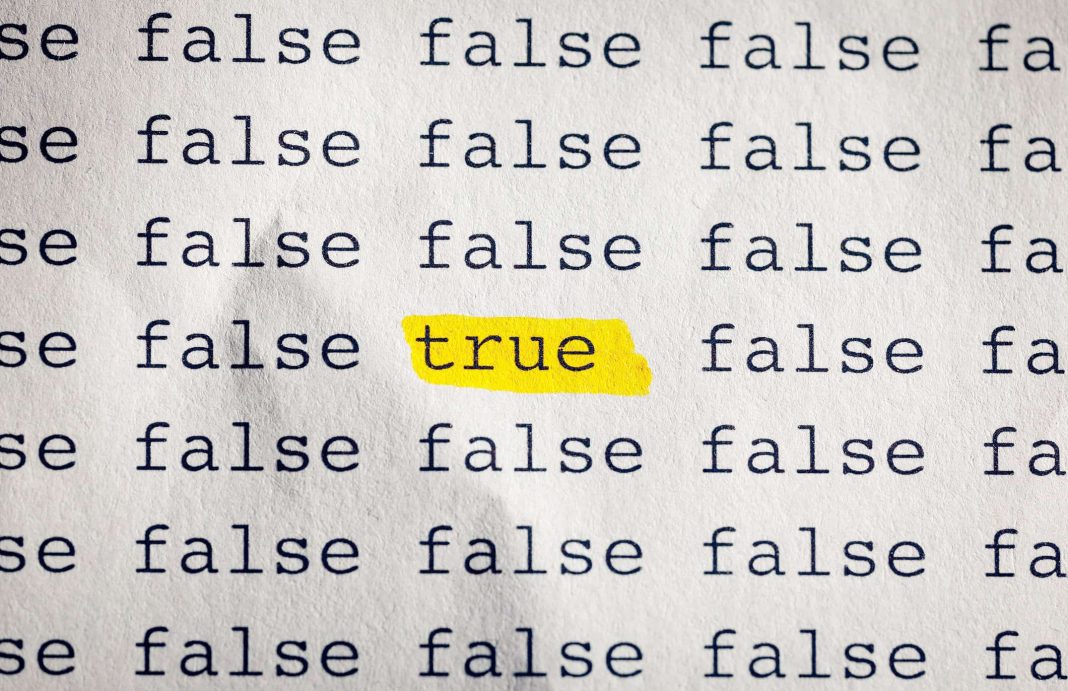
Is it so important to determine a difference between disinformation and misinformation?
The fake news fever, at least the use of the concept, decreased with the defeat of Trump in the 2020 elections. To counter this, false information, whether deliberate or accidental, continued rising around COVID-19 related information. The ever-present nature of false information is an opportunity to approach the debate between disinformation and misinformation, often linked to intentionality.
- Establishing a difference between disinformation and misinformation is likely less important than what it is made to be. The natural difficulty in determining intentions makes it inefficient to individually determine the harmful intention of news.
- Focusing on the dependence of emotions to transmit narratives is likely a more efficient methodology to tackle disinformation. The likelihood of intentionally misleading information being present in rational arguments is lower than in irrational, emotional arguments.
- There is still a need to individually identify the manipulation of information and fact-check information. Nevertheless, there is a likely necessity to combine this practice with a generalised campaign to reduce the use of emotions and emotional-loaded narratives in the majority of media.
Intentionality of Fake News
Fake News and Subjectivity
The deliberation in sharing false information is the thin line that separates misinformation from disinformation. The degree of falseness, type of content, or potential harm is unrelated to the conceptual nature. In some cases, the determination can be obvious. Nevertheless, the large majority of cases are ‘uncertainties’ in which observing intentionality is almost impossible. Detecting a potential intention depends on an individual’s subjective perception, often being almost impossible as the important consideration is the truth or nature of the argument, rather than the intentionality.
Limited Cognitive Abilities
The cognitive limitations when processing information deters human focus to decide on the nature of information rather than just the content. The current polarised environment almost certainly makes a reader prioritise the nature, origin, and veracity of information rather than the motivation behind it. It is unrealistic to ask readers to determine, in the most neutral manner, the intentionality of information before processing and integrating it.
The difference between disinformation and misinformation is key to isolating responsible actors from accidents. Simultaneously, the current difference between disinformative and misinformative articles is in its majority undetectable. Consequently, individuals are prone to irrationally attribute information, whether fake news or not, to an actor that fits each person’s mental paradigm.

Spectrum, Importance and Threats
Blurring the Boundary
The current information environment almost certainly overlaps misinformation and disinformation. One triggers the other, expanding the environment and opportunities for disinformation attempts to occur and misinformation accidents to happen. The human inability to process all the necessary information facilitates the blurring of boundaries. As a consequence, misinformation is seen as disinformation and vice-versa. Ultimately, this decreasing and blurred difference increases the likelihood of disinformation achieving its original objective. There is, therefore, an increasing difficulty to detect and differentiate accidental from intentional ‘fake news’. As a consequence, targeting individual intentionality, while ideal, is likely inefficient as a long-term strategy.
‘Malinformation’ – Increasing Concepts without Increasing Solutions
Both disinformation and misinformation affect decision-making models by triggering an irrational predisposition to resolve doubts. The third concept of malinformation is described as intentionally sharing ‘fake news’ to intentionally harm a target. This concept, too, supports the hypothesis of an irrational decision-making model. Malinformation adds context to harmful informative practices and creates a superior level of disinformation. Despite the added concept, the difference between misinformation, disinformation, and detecting it continues to remain a complex task.

Fake News: Irrationality as a Mathematical Constant
Increasing the conceptual knowledge and difference of misinformation, disinformation and now malinformation, is a likely incomplete step to fight fake news. Similar to fact-checking, individual efforts lack a realistic strategy to change large-scale behaviour. Irrationality is a human trait and ignoring it or accepting its normalisation will almost certainly not de-polarise the fake news field. Instead, irrationality can be used to separate misinformation from disinformation. There is an opportunity to establish an association between misinformation – objectivity, and disinformation – irrationality.
A Limited Solution
It is unrealistic to treat irrationality as a trait that can be easily controlled. To a certain extent, it is logical that the debate of misinformation vs. disinformation generally remains to a conceptual degree. Emotion-loaded arguments and fear are great drivers of action, with proof in the Brexit campaign and the argument of the EU stealing £350 million per week. How do you increase objective arguments when an irrational approach is more effective and more addictive in the short term? The digital environment and platforms, as seen with Facebook’s promotion of negative over positive emotions, are the ideal stage for irrationality to become the status quo.
It is unlikely that generating the association between intentional fake news and irrationality will have an effect or success in the short term. Nevertheless, there is an almost certain dependence on emotional narratives to counteract the effect of disinformation, malinformation, and misinformation. The difference in intention doesn’t influence the consequences of fake news on the public. Maintaining a dependence on irrational and emotion-loaded arguments do. Aiming to reduce subjectivity as a general practice and to distinguish ‘accidental vs. intentional’ fake news is a likely step towards de-polarisation.
Sources
https://www.boell.de/sites/default/files/2020-08/200825_E-Paper3_ENG.pdf
https://periodicos.ufsc.br/index.php/eb/article/download/76900/45818/292309
https://www.redalyc.org/journal/5117/511766757018/html/
https://www.lbc.co.uk/news/350m-brexit-bus-nhs-social-care-pledge/

